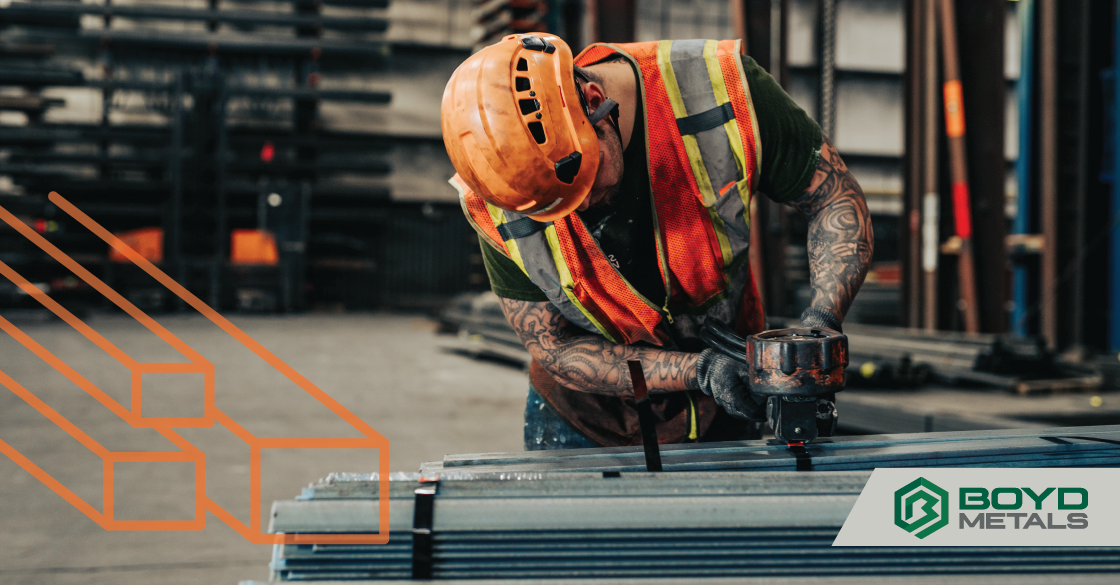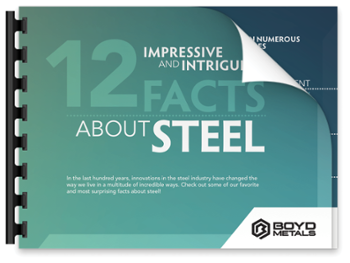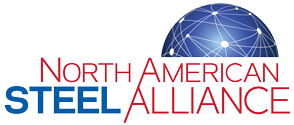Believe it or not, the expression “stronger than steel” did not become a common phrase simply because it rolls off the tongue nicely. Rather, whatever it is you are comparing to this metal alloy is probably pretty darn tough.
Made from the combination of iron and carbon, and other elements, steel is one of the world’s most utilized materials. From our simplest tools to our most complex structures, it is everywhere around the globe - surrounding and impacting us daily.
Yet, for playing such an important role in our society, knowledge about this common material is pretty uncommon.
So, exactly what is steel? And why is it so important?
What is Steel?
Metals, steels, they’re all the same, right? Well, not quite.
To be accurate, metals are natural elements found within the Earth’s crust. Think way back to high school chemistry and the metals on the periodic table, such as copper, zinc, and iron. If you remember, steel was not included. 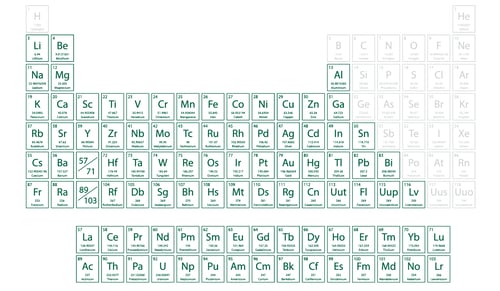
This is because steel classifies as a variation of metal. Specifically, it is known as an alloy of iron. This means that its chemical makeup is actually a mixture that is part metal (iron) and part nonmetal (carbon).
At its core, you can think of steel as a purified form of iron. It retains iron’s metal characteristics but has a carbon content that ranges anywhere between 0.02% to 1.7%. Additionally, metal and non-metal elements are often added during the production process.

The addition of specified amounts of carbon and other alloying elements increases the physical-chemical properties such as strength, resistance, and variability. These drastic improvements make steel one of the most widely used materials in the world.
How is Steel Made?
Okay, so steel is basically iron with carbon and some other elements sprinkled in— great. But how in the world do we go from a rock in the ground to the finished product?
Well, today there are two primary ways steel is produced: the BOS (Basic Oxygen Furnace) method or the EAF (Electric Arc Furnace) method.
The BOS method stems from the original Bessemer Process (the first inexpensive industrial process for the mass production of steel) and uses raw material inputs to create steel.
In the BOS method, iron is smelted from its ore in a blast furnace and is reprocessed by blowing oxygen through the heated iron. The oxygen lowers the carbon content and reduces impurities within the iron, converting it into molten steel.
Unlike the BOS method, the EAF method takes a more modern approach and operates using recycled scrap steel--steel already produced and ready to be recycled. Rather than using raw materials like iron ore, recycled steel is fed through high-power electric arcs and melted into high-quality steel.
Initially, the BOS and EAF methods differ, but both produce the same end result: molten steel.

Once the molten steel is produced, it must be treated with a secondary steelmaking process that adjusts the steel's composition. This involves adding or removing certain elements and/or tweaking the temperature and production environment.
Once the final composition is chosen, it is time for the manufacturing, fabrication, and finishing stages. This involves techniques such as cold rolling, coating (galvanizing), or heat treatment (tempering) that give the steel its final shape and properties.
Types of Steel
There's a reason Superman was nicknamed the "Man of Steel" - steel is strong. But aside from its immense strength, steel's second greatest quality is versatility.
During the production process, different types of steel are created and categorized by their physical, chemical, and environmental properties. These properties include the amount of carbon, the level of impurities, and the addition of other alloying elements.
Each type of steel allows for different uses and applications and is broken down into four different groups by the chemical structures and physical properties:
1. Carbon Steel
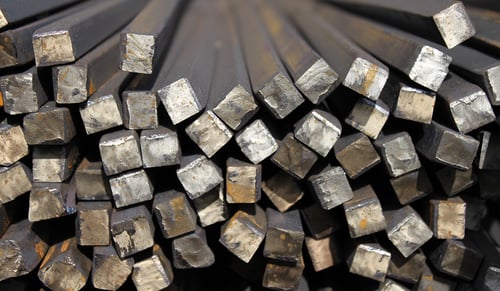
Carbon steels contain trace amounts of alloying elements such as manganese, silicon, and copper. They are often dull and matte in appearance and account for 90% of total steel production. There are three sub-groups that categorize carbon steels based on their carbon content:
- Low Carbon Steel: contains less than .3% carbon and is the most common carbon steel.
- Medium Carbon Steel: contains between .3%-.6% carbon and often has manganese added.
- High Carbon Steel: contains 1.5% carbon and is the strongest of the carbon steels.
2. Alloy Steel
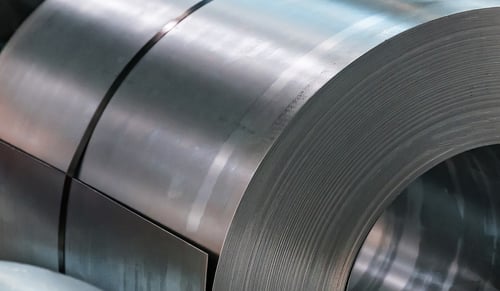
Alloy steels contain varying amounts of alloying elements (e.g., aluminum, chromium, copper, manganese, nickel, silicon and titanium). These additional elements change the steel's properties. Some examples of these properties include corrosion resistance, strength, or ductility. These steels tend to be cheaper and are often used in auto parts, mechanical work, power generators, and pipelines.
3. Stainless Steel

Stainless steels have a low carbon content and typically contain between 10%-20% chromium. They are commonly found in home appliances, food processing equipment, and kitchen utensils because of their strength and resistance to both corrosion and high temperatures.
4. Tool Steel
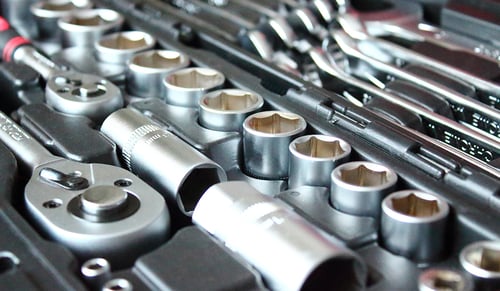
Tool steels contain varying amounts of cobalt, molybdenum, tungsten, and vanadium which make them extremely hard, durable, and heat resistant. These steels are ideal for making metal tools (hence their name) and are ideal for drilling, cutting, and stamping.
Why use Steel?
By now, you should have a solid idea of what steel is and how it's made, but here comes the big question: why do we use it?
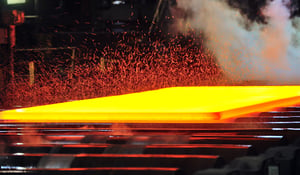 Steel is a strong, durable, and versatile material, but it also has another key trait: sustainability.
Steel is a strong, durable, and versatile material, but it also has another key trait: sustainability.
Steel is the most recycled material on earth and can be recycled an indefinite amount. This is because it does not lose any of its attributes during the recycling process.
Combining its sustainability with its strength and versatility makes steel not only one the most valuable resources in the world, but also the most utilized across countless industries.
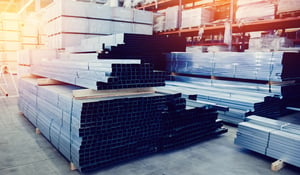 From the construction of buildings, stadiums, and bridges to our automobiles, pipelines, farm equipment, and tools, steel is everywhere and contributes to both the development of our society and the betterment of our lives.
From the construction of buildings, stadiums, and bridges to our automobiles, pipelines, farm equipment, and tools, steel is everywhere and contributes to both the development of our society and the betterment of our lives.
The steel industry in the US is an ever-evolving sector of the economy, with steel being a key component in many industrial products. From automobiles to bridges and buildings, it is an important part of the US steel industry. Industrial steel, in particular, is used in a wide variety of industries and applications due to its strength and durability. Its versatility makes it a popular choice for many projects, from construction and engineering to agricultural applications. The steel market is an integral part of the US economy and is here to stay.
If it turns out that this wasn't everything you wanted to know and more, check out our FREE resource: 12 Fact About Steel by clicking on the image below.

